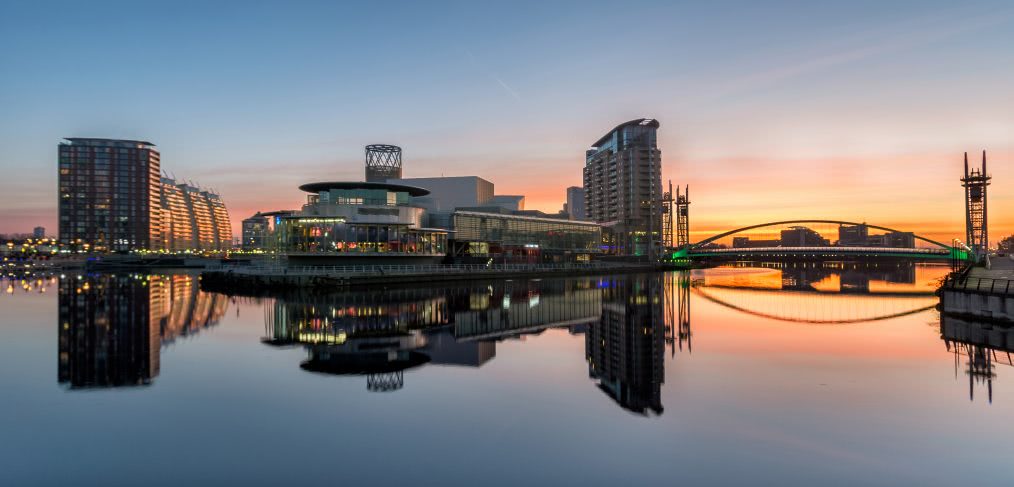
Manchester Shows the Way to Sustainable Cities
CallisonRTKL’s John Badman discusses the Manchester Residential Quality Guidance, inclusive communities and infrastructure development. Originally published in Estates Gazette.
Manchester City Council’s first design quality guidance for new residential developments is vital to Manchester’s journey towards becoming a world-class city.
Far from being an effort to stifle creativity or impart onerous restrictions on development, it offers practical but visionary guidance for sustainable and inclusive communities – something that would benefit all of the UK’s cities today.
Regional investment in infrastructure and transport, coupled with government initiatives such as the Northern Powerhouse, are prompting record levels of building activity in many of the UK’s cities. It’s great news, particularly as we approach the uncertainty of post-Brexit Britain, but it’s also a reminder that creating the thriving cities of tomorrow requires the right development today.
In Manchester, where residential construction is up by 40% over its previous high in 2007, the new set of guidelines aims to put those assurances in place. The Manchester Residential Quality Guidance strives to ensure a standard level of quality for all residential developments, from high-density apartment buildings to single-family housing.
The guide makes an important assumption: great design costs nothing, and therefore everyone should be entitled to it. What is most distinctive about the guide is that, unlike many of its predecessors, it is not prescriptive.
Instead of a one-size-fits-all checklist that would eliminate or severely restrict development, it instead provides adaptable guidelines that offer developers greater flexibility and choice based on location, density, demographics, and cultural and geographic variables. Using a circular series of topics rather than a list, it encourages a holistic view towards applying quality across the entire residential experience. It also requires that developers comply or justify their plans, which creates a vital dialogue between developers and planning officers.
The genius of this approach is that it encourages innovation and broad thinking around what constitutes a high-quality living environment and puts the focus where it should be: on the people who will be living there. An alternative to a per-resident parking requirement, for example, might be justified with a symmetrical investment into nearby transport or additional bicycle parking spaces – which might be a more appropriate solution.
Of course, for all their benefits, the guidelines also put greater pressure on planning officers. The probing and adaptable nature of the guidelines means the council must invest more time and effort than before towards understanding the ins and outs of development proposals and working in concert with development teams. In Manchester, planning officials are up for the challenge – and the outcome of this closer collaboration will no doubt be positive for the city.
In many ways, Manchester is the ideal place to trial this new approach to development guidance – and it is also the reason we have recently opened an office there. It is a city whose governance appeals to investors, developers and designers because of its commitment to getting homes and high-quality places delivered as quickly as possible. At the same time, it is a city that recognizes thirst for development must be tempered with a desire to make the development as substantive and meaningful as possible. A clear demonstration of this mentality sits within the guidelines: they dictate a design architect should be retained from vision through to delivery, even going so far as to suggest money in the section 106 could be retained to pay for it.
It is this level of commitment to visionary and high-quality living spaces that is needed in every city across the UK. In an effort to grow quickly, cities have fallen victim too often to an any-development-will-do mindset towards building housing. As we move forward, this approach is no longer acceptable.
It is time we empowered cities, developers and designers to create places where people and communities can thrive by providing them with tools that enable substantive discussions and new ideas. As Manchester sets off on this bold new path, hopefully other cities will follow.
